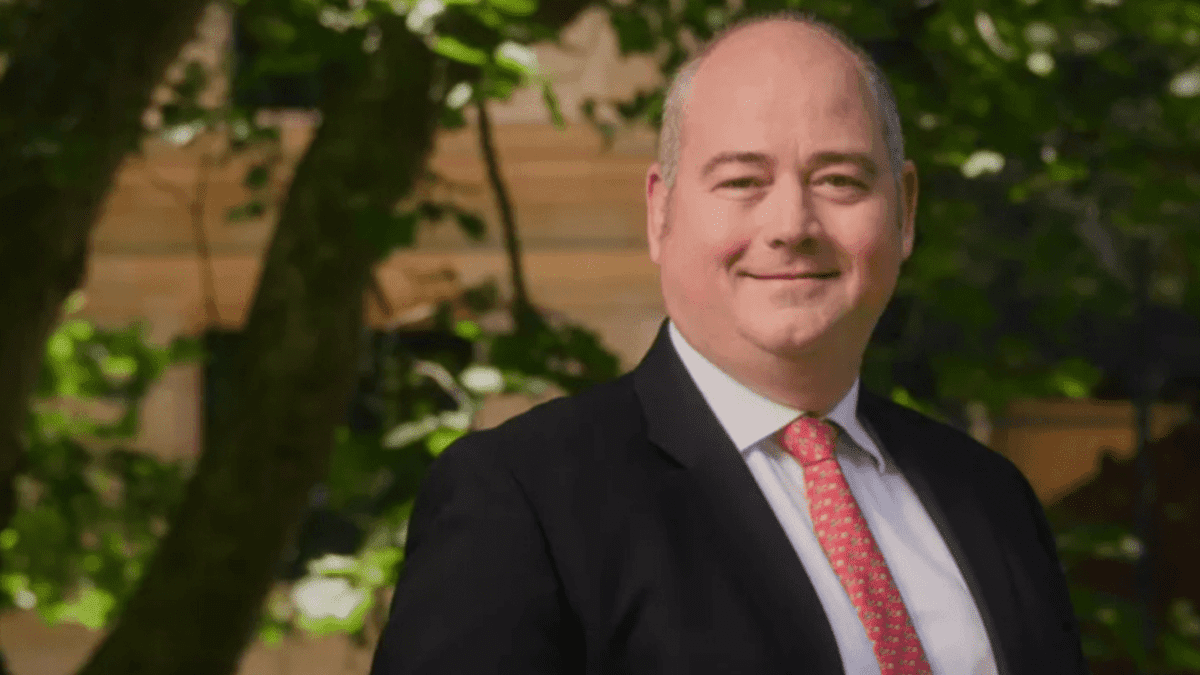Value investor backs insurance, energy stocks for rate-led recovery
Portfolio manager Dougal Maple-Brown of Maple-Brown Abbott paints a promising picture for value to outperform in the year ahead, following a strong performance for his firm’s Australian Share Fund, both quarterly and yearly. The fund outperformed the market by 10%.

Looking forward, Maple-Brown points out interest rates as being one of the main reasons for this outperformance. Over the last decade, nominal yields have fallen from 8%-9% to 0% ,while real yields have dropped from 2%-3% to -2%.
Maple-Brown says, “Why does this matter? Rates matter for all classes. Falling rates are a boom for all asset classes, propping up the share market, property and infrastructure. Lower interest rates benefit long-duration, but that has been a headwind for value stocks. Central bankers debate as to whether inflation is transitory or real. Some parts are transitory but on the whole, inflation is picking up, and yields will start to rise.”
One can only presume that value investors stand to benefit. Given that ‘value’ has been one of the underperforming asset classes over the decade, it can be one of the very few that can do well in a rising rate environment.

“As inflation rises, healthcare underperforms. On the other end, energy and metals/steel are positively correlated with rising inflation. Our portfolio is heavily weighted to this sector. We have been big on iron ore and done well from it, but we’ve sold out of iron ore six months ago. One sector that has lagged is the energy sector. Energy stocks have played some sort of catch-up, but there is still upside potential,” says Maple-Brown.
His star pick is Woodside Petroleum (ASX:WPL). Gas prices have skyrocketed but WPL’s share price hasn’t. And therein lies significant upside potential. WPL is a core part of the portfolio, which also stands to benefit from BHP spinning out its gas business into WPL. It’s a good deal for WPL and diversifies its assets.
Maple-Brown is also heavily overweight in the banks, which were added to the portfolio about 18 months ago. Since then, there has been a big bounce. He does, however, caution against holding CBA, which he considers to be grossly overvalued against the other three majors. He says, “We hold no CBA but are overweight the other three majors. ANZ, NAB and WBC we all bought at the bottom, at a discount to book value. It’s been a good story since; banks are back to 1.5x and still offer a decent dividend yield.”
There is no reason to buy CBA, he says. It’s simply too expensive, at 20 times earnings. With a market cap of $170 billion, it’s the same as ANZ and NAB combined. It’s huge, yet the combined earnings of ANZ and NAB are bigger than that of CBA. Yet valuations are the same? This is quite a big anomaly. CBA trades at a premium of 18.9 times forward PE versus 13.1 of the other three majors. That’s a 45% premium, which Maple-Brown says he simply cannot justify.
The portfolio is long all three general insurers. “Premiums are rising in both house and car. Several months of lockdown has meant cars locked away in garages and people at home. It’s a lot harder to have an accident, and so claims have fallen massively. That means revenues for general insurers have grown, with no claims to payout. IAG has underperformed the market by 50% yet they’ve been putting up premiums. As interest rates rise, all three insurance companies should see their share prices rise due to higher underwriting profits and investment returns.” All in all, Maple-Brown is overweight all three general insurers.
Maple-Brown says the market is on 20 times earnings but “still looks hot,” whereas the fund is on 15.6 times earnings. The dividend yield for the fund is at 5.9%, whereas the market is on 4.6%. When comparing to the market, those are very attractive metrics.







